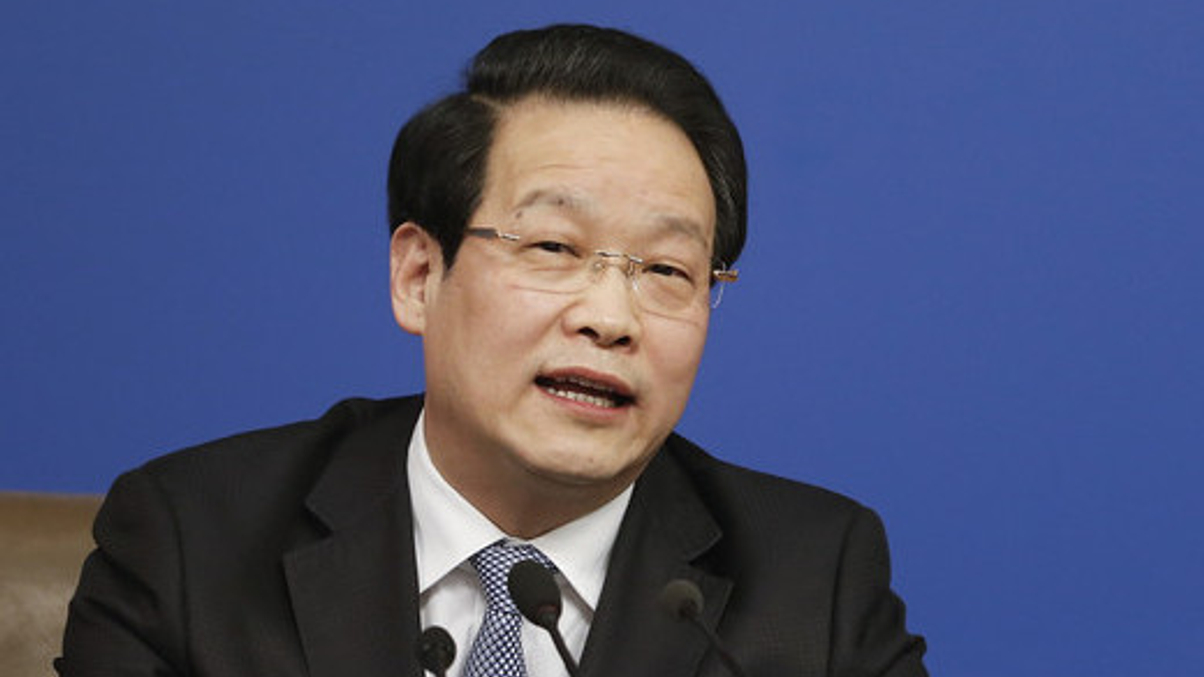Chinese insurers see returns tank, buy big into alternatives
Mainland insurers' returns fell in the first half, even as their assets grew, with alternatives now accounting for a third of AUM. Foreign asset managers may need to adapt their approach accordingly.

Despite aggressively boosting their alternative asset allocation, Chinese insurance firms saw their average investment return fall to 2.47% for the first half of 2016 (4.94% annualised) from 7.65% for last year, thanks to sharp falls in mainland equity and credit markets.
Sign in to read on!
Registered users get 2 free articles in 30 days.
Subscribers have full unlimited access to AsianInvestor
Not signed up? New users get 2 free articles per month, plus a 7-day unlimited free trial.
¬ Haymarket Media Limited. All rights reserved.


